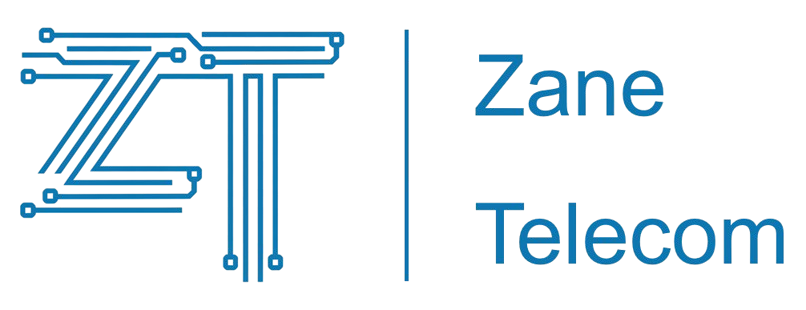The development of the telecommunications transmission industry vividly reflects the continuous evolution of human communication and has greatly changed people’s lives and the operation mode of society.
In ancient times, people mainly relied on methods such as beacon fires, carrier pigeons, and post horses for information transmission. These methods were slow, inefficient, and greatly restricted by natural conditions.
In the 19th century, with the development of electromagnetism, the emergence of the telegraph opened a new era for telecommunications transmission. The telegraph transmitted encoded text information through wired circuits, realizing instant long-distance communication. It enabled information to be transmitted across long distances in a short time, greatly improving communication efficiency. For example, in the commercial and political fields, important messages could be quickly conveyed, promoting economic development and exchanges between countries.
At the beginning of the 20th century, the invention of the telephone further promoted the development of the telecommunications transmission industry. People could communicate directly by voice, no longer limited to text information. Telephone networks rapidly expanded around the world and became an indispensable communication tool in people’s daily lives. Households, enterprises, and government agencies installed telephones one after another, which greatly changed people’s communication methods and the pace of life.
With the continuous progress of technology, wireless communication began to rise in the middle of the 20th century. Radio broadcasting enabled information to be spread to vast areas through radio waves, allowing people to listen to news, music, and other programs. The emergence of mobile phones completely changed people’s communication methods. From the early “brick phones” to today’s smartphones, mobile phones have not only realized communication anytime and anywhere but also integrated a variety of functions, such as taking pictures, surfing the Internet, and entertainment.
The development of optical fiber communication technology is another major breakthrough in the telecommunications transmission industry. Optical fibers have the characteristics of high bandwidth and low loss and can transmit a large amount of data. It has made high-speed Internet, high-definition video conferencing, cloud computing, and other things possible. Nowadays, optical fiber networks have covered the whole world and become one of the main infrastructure for information transmission.
Entering the 21st century, the telecommunications transmission industry continues to develop in the directions of high speed, intelligence, and integration. The launch of 5G networks has brought faster transmission speeds, lower latency, and larger connection capacities. The rise of the Internet of Things enables various devices to be connected through the network, realizing intelligent control and management. The integration of the telecommunications transmission industry with other fields is becoming closer and closer, such as its combination with the medical, transportation, and energy industries, bringing more convenience and innovation to people’s lives and social development.
